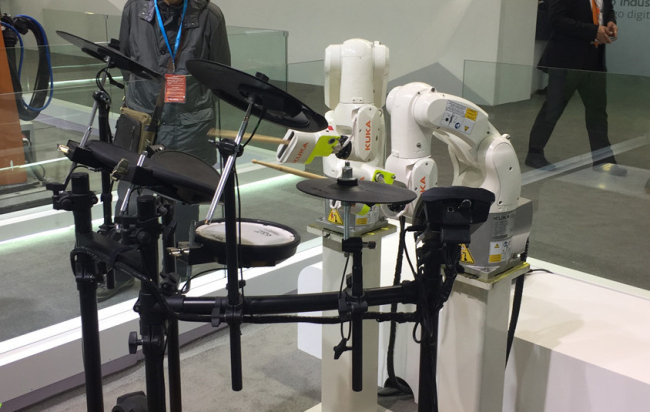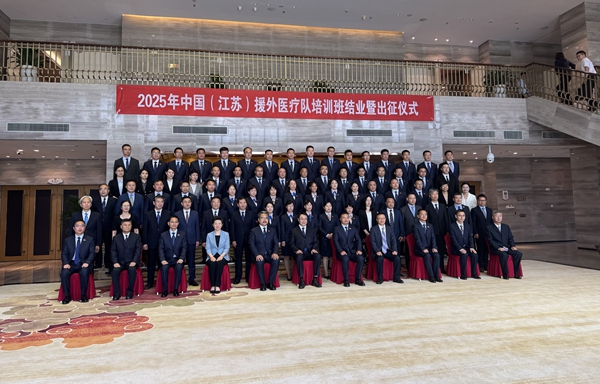In the past ten years, Jiangsu has been committed to improving housing conditions and municipal infrastructure construction with achievements made in both rural and urban areas.
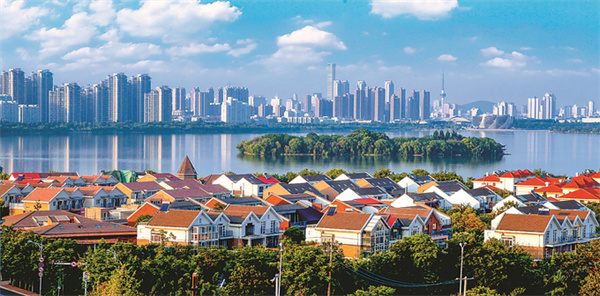
Cityscape of Xuzhou. Photo/Ding Ran
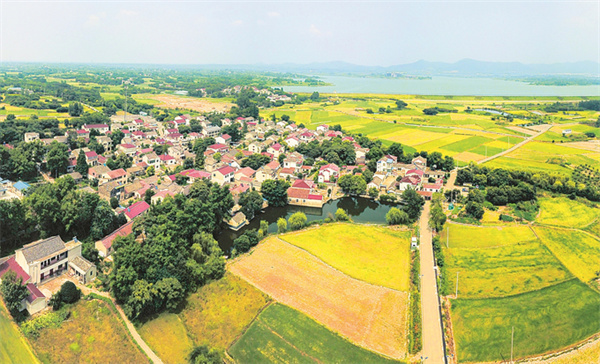
An aerial view of Xifeng village in Jurong city. Photo/Shao Dan
From 2011 to 2021, the proportion of resident families in urban areas that enjoyed government-subsidized housing increased from 10.60% to 25.56%. Jiangsu renovated more than 2.77 million houses in the period, enabling more than 6 million residents to leave shantytowns and live in new houses. By the end of 2021, the province had refurbished 10,042 old neighborhoods built before 2000, which benefited more than 10 million people.
Jiangsu is the first province in China to implement coordinated urban-rural water supply. The number of urban domestic sewage treatment plants in operation jumped from 589 to 908 in ten years. Efforts are underway to promote waste sorting, upgrade public toilets, address difficulties of car parking, and expand the building of parks and green space in cities.
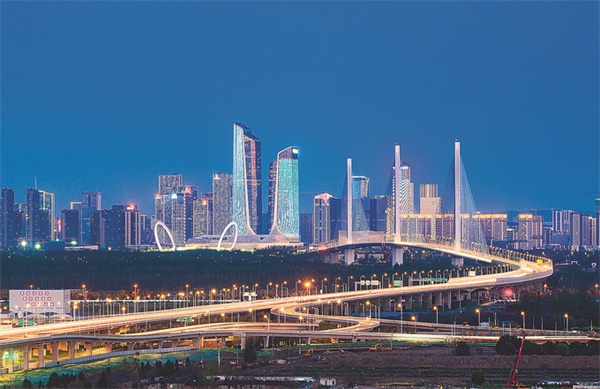
Skyline of Nanjing Photo/Ni Jun
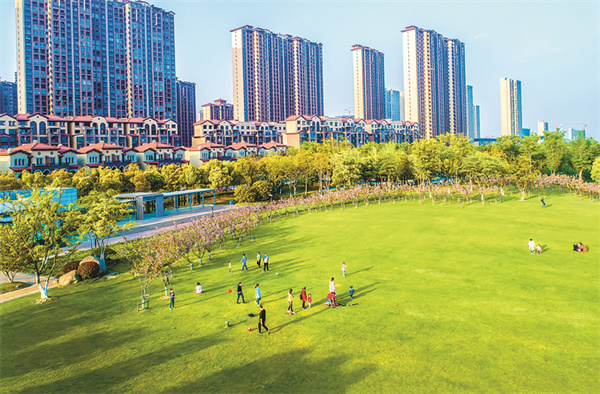
Green land along the Tonglyu Canal in Nantong city. Photo/Yuan Songcheng
Jiangsu has also made strides in rural construction. From 2012 to 2020, the province had renovated more than 229,000 rural houses in poor conditions. In the province’s northern area, more than 300,000 rural families saw their housing environment improved. In addition, Jiangsu has built 540 province-level villages featuring rural charms.
Contact us at english@jschina.com.cn

